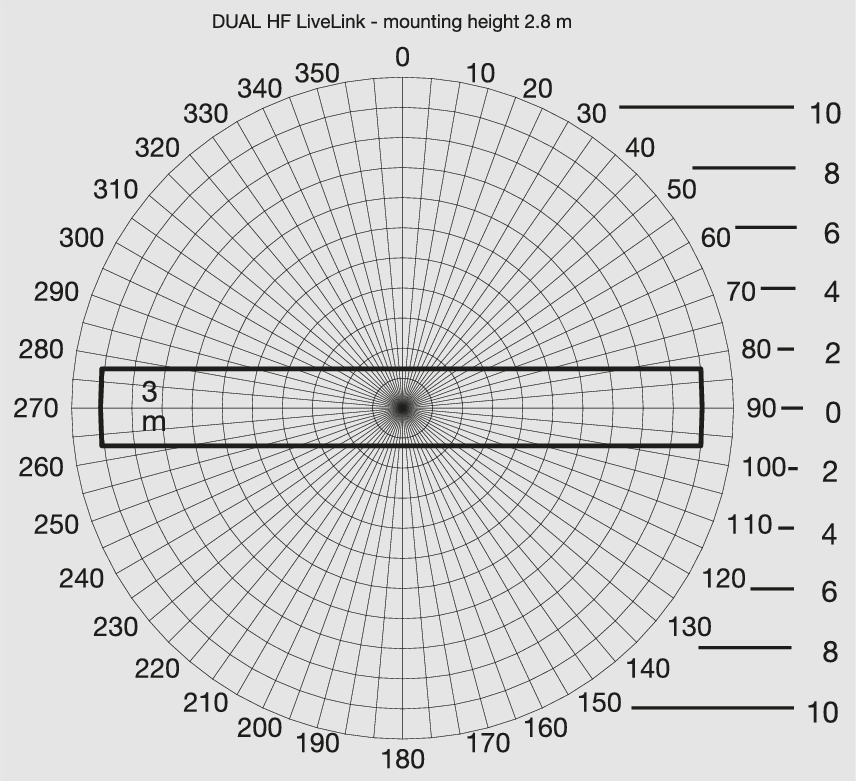
Figure 3.228: The detection range of a high-frequency sensor for presence detection. The targeted sensor emission facilitates great detection range length.
Postbox 1960
D-59753 Arnsberg

Figure 3.228: The detection range of a high-frequency sensor for presence detection. The targeted sensor emission facilitates great detection range length.
In some applications, IR presence detection cannot be used on principle, e.g. where
persons/objects whose movement is supposed to be detected do not emit any IR radiation,
the room area to be considered features strong IR signals covering the signal to be detected, or
the sensor is intended to be located within a closed luminaire.
In such cases, an HF sensor is usually selected as an alternative solution. The functional principle of this sensor type can be described as follows:
The detection is based on the emission of a high-frequency signal (electromagnetic radiation in the microwave range) and the reception of its reflection.
Movement in the room causes changes in the reflected signal.
"Visual contact" between the sensor and the moving person is only necessary to a certain extent for the movement to be detected.
To some extent, the high-frequency signal can penetrate materials (e.g. thin drywall) so that sensor settings might require adjustments to limit the detection range.
Active HF signal emission causes a relatively high sensor power supply, which must be provided through the control device or, as the case may be, through a sensor mains unit.
The shape of the detection range can be determined mostly by the emission characteristics of the HF signal (see figure). Great reach combined with narrow detection angles in particular can be realised excellently with this technology.
Typical applications are e.g.
entrance areas and corridors where persons must be expected to be wearing coats, hats and gloves in winter and thus to be unrecognisable to IR sensors,
parking garages where entrance area conditions also apply to persons, and moving vehicles are also not necessarily at operating temperature yet,
storage areas,
long corridors and traffic routes, and
areas illuminated using closed diffuser luminaires which are not captured by luminaire-external IR sensors.